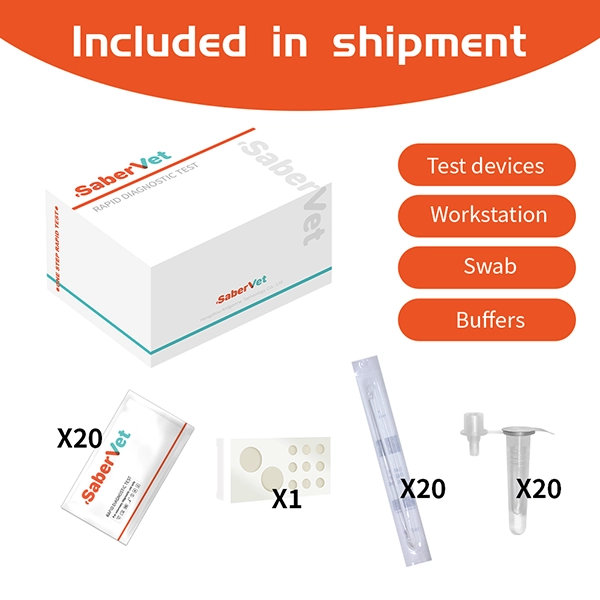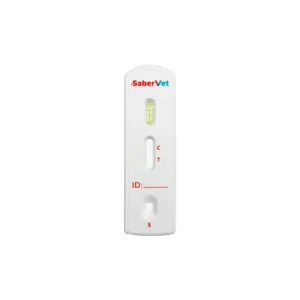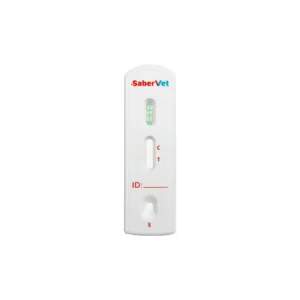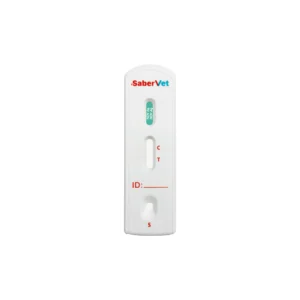説明
The H7 antigen in Avian Influenza Virus (AIV) is another important serotype, especially subtypes such as H7N9, which significantly affects both poultry and humans.
特徴と抗原性
特徴
ゲノム構造:
The H7 antigen belongs to the Influenza A Virus, whose genome consists of eight single-stranded negative-stranded RNA segments, each encoding one or more proteins.
The H7 antigen mainly involves the Hemagglutinin (HA) protein, which is responsible for viral adhesion and entry into host cells.
ヘマグルチニンタンパク質:
The HA protein is a glycoprotein on the surface of the virus and is classified into 16 serotypes (H1-H16), of which H7 is one.
HAタンパク質は宿主細胞表面のレセプターと結合し、細胞内へのウイルス侵入を仲介する。
Antigenic variation: Avian influenza viruses are susceptible to antigenic drift and antigenic switching, leading to the emergence of new subtypes and epidemics.
H7N9 is one of the most representative and pathogenic H7 subtypes.
Immunogenicity: H7 antigens are highly immunogenic and can induce the host to produce neutralising antibodies against HA proteins.
Neutralising antibodies prevent the virus from entering host cells, thus providing immune protection.
Cross-reactivity: There may be some cross-immunity between different H7 subtypes, but usually the cross-protection is limited. Immune escape is more prevalent due to antigenic variation, posing a challenge to vaccine development.
臨床症状と重症度
家禽の症状
高病原性鳥インフルエンザ(HPAI):
急性発症:感染後短期間で発症し、急速に経過する。
死亡率が高い:特にニワトリと七面鳥の死亡率は90-100%に達する。
典型的な症状:抑うつ、食欲不振、呼吸困難、赤痢、出血、頭頂部と肉ひげの水腫。
低病原性鳥インフルエンザ(LPAI):
軽い症状:咳、くしゃみ、涙などの軽い呼吸器症状。
卵生産量の減少:感染鶏の卵生産量は有意に減少した。
人間の症状
Flu-like symptoms: fever, cough, sore throat, muscle aches, headache.
Severe symptoms: severe pneumonia, acute respiratory distress syndrome, multiple organ failure.
Highly pathogenic H7 subtype infected people deteriorate rapidly and have a high mortality rate.
感染経路
直接コンタクトを取る:
Poultry-to-poultry transmission: transmitted through direct contact with infected poultry or their secretions and excretions.
ヒトと家禽の接触:ヒトは感染した家禽やその分泌物や排泄物に直接接触することでウイルスに感染する。
環境伝播:
ウイルスは汚染された水、飼料、食器などを介して間接的に広がる可能性がある。
エアボーン
The virus can be transmitted through airborne droplets, especially in confined and poorly ventilated environments.
臨床診断
臨床症状観察:
Initial diagnosis is based on typical symptoms in poultry or humans.
臨床検査:
PCR法逆転写PCR(RT-PCR)による呼吸器検体中のウイルスRNAの検出は、迅速で感度の高い検査である。
ウイルスの分離:病気の鳥や患者のサンプルからウイルスを分離し、培養と同定を行う。
血清学的検査:血球凝集阻害法(HI)または酵素結合免疫吸着測定法(ELISA)を用いて血清中の抗体を検出し、感染および免疫反応を評価する。
迅速診断試薬:初回スクリーニングには迅速抗原検出キットを使用するが、検査室での確認が必要。
予防措置
予防措置
Vaccination: Vaccinate poultry with avian influenza vaccines against H7 subtypes, especially in high-risk areas.
Regularly update the vaccine strain to cope with antigenic variation of the virus.
バイオセキュリティ対策:新たに導入された家禽の検疫、人員および設備の消毒、養鶏場への人員および車両の出入りの制限を含む、バイオセキュリティ対策を厳格に実施する。
養鶏場内外の疾病状況を定期的に監視し、適時に予防・管理措置を講じる。
経営対策
オールイン・オールアウト:オール・イン・オール・アウトの給餌管理モードを採用し、異なるバッチの家禽が混ざらないようにする。家禽間のウイルス拡散を抑えることができる。
Isolation and quarantine: newly introduced poultry should be isolated and quarantined to ensure that they are not infected with H7 subtype virus. Regular health checks should be conducted to detect and treat infected poultry in a timely manner.
Personnel training: Raise awareness and preventive and control skills of keepers and veterinarians on H7 subtype avian influenza.
治療措置
There is no specific drug against H7 subtype avian influenza virus infection. The mainstay of treatment is symptomatic, providing supportive care and proper nutrition.
オセルタミビル(タミフル)やザナミビル(リレンザ)などの抗ウイルス薬の使用は、症状の緩和に役立つかもしれないが、効果は限定的である。
管理措置
感染家禽の淘汰:ウイルスの拡散を防ぐため、感染した家禽および感染の疑いのある家禽を迅速に淘汰する。汚染された環境、設備、器具を徹底的に洗浄・消毒する。
家禽の取引の厳格な管理:ウイルスの蔓延を防ぐため、発生地域の家禽および家禽製品の取引を制限または禁止する。
鳥インフルエンザウイルスH7抗原迅速検査
アンティジェンヌ has developed the Avian Influenza Virus H7 Antigen Rapid Test, which is a fast, easy-to-use and highly accurate test that can effectively help users to detect relevant viral infections.








